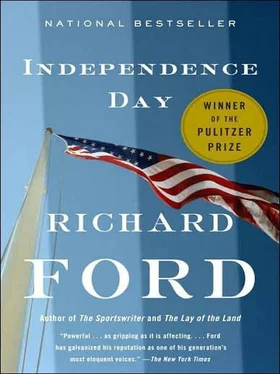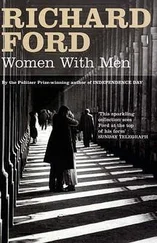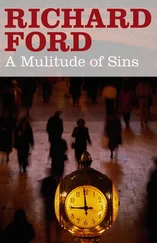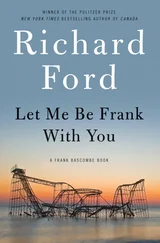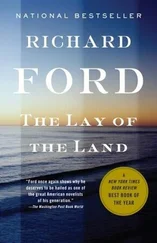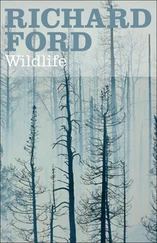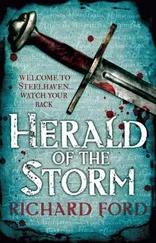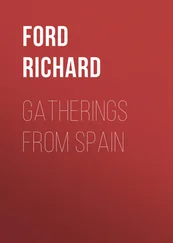The strongest feeling I have now when I pass along these streets and lanes and drives and ways and places for my usual reasons — to snapshot a listing, dig up a comp for a market analysis, accompany an appraiser to his tasks — is that holding the line on the life we promised ourselves in the Sixties is getting hard as hell. We want to feel our community as a fixed, continuous entity, the way Irv said, as being anchored into the rock of permanence; but we know it’s not, that in fact beneath the surface (or rankly all over the surface) it’s anything but. We and it are anchored only to contingency like a bottle on a wave, seeking a quiet eddy. The very effort of maintenance can pull you under.
On the brighter side, and in the way that good news can seem like bad, being a realtor, while occasionally rendering you a Pollyanna, also makes you come to grips with contingency and even sell it as a source of strength and father to true self-sufficience, by insisting that you not give up the faith that people have to be housed and will be. In this way, realty is the “True American profession coping hands-on with the fundamental spatial experience of life: more people, less space, fewer choices.” (This, of course, was in a book I read.)
T wo, make that two , full-size moving vans are parked prominently in front of two houses, side by side, on Loud Road this late holiday morning, just around the corner from my old once-happily married house on Hoving. One, a bullish green-and-white Bekins is open at all ports; the other, a jauntier blue-and-white Atlas, is unloading off the back. (Regrettably there’s no green-and-yellow Mayflower.) Signs in front of each house have identical YOU MISSED IT! stickers plastered over FOR SALE. Neither is our listing, though neither are they Bohemia or Buy and Large or some New Egypt outfit, but the reputable local Century 21 and a new Coldwell Banker just opened last fall.
Clearly it is a good day for a fresh start, coming or going. My new tenants must feel this spirit in the air. All neighborhood lawns mowed, edged and rolled, many facades newly painted, trimmed and bulwarked since spring, foundations repointed, trees and plantings green and in full fig. All prices slightly softened. Indeed, if I didn’t rue the sight of them and didn’t mind risking a facedown with Larry McLeod, I’d drive down Clio Street, see how things have progressed since ten and wish the Markhams well all over again.
Instead I make my old, familiar turn down fragrant, bonneted Hoving Road, a turn I virtually never make these days but should, since my memories have almost all boiled down to good ones or at least to tolerable, instructive ones, and I have nothing to fear. Appearances here have remained much the same through the decade, since it is in essence a rich street of hedges and deep, shadowed lawns, gazebos in the rear, well-out-of-sight pools and tennis courts, slate roofs, flagstone verandas, seasonal gardens somehow always in bloom — country estates, really, shrunk to town size but retaining the spirit of abundance. Farther up at #4, the Chief Justice of the NJ Supreme Court has died, though his widow stays actively on. The Deffeyes, our aged next-door neighbors from day one, have had their ashes mingled (though on two foreign shores). The daughter of a famous Soviet dissident poet, who arrived before I left, seeking only privacy and pleasant, unthreatening surroundings, but who found instead diffidence, condescension and cold shoulders, has now departed for home, where she is rumored to be in an institution. Ditto a rock star who bought in at #2, visited once, wasn’t welcomed, didn’t spend the night — then went back permanently to L.A. Both listings were ours.
The Institute has done its very best to keep alive a homey, lived-in feel at my former home, now officially the Chaim Yankowicz Ecumenical Center, and straight ahead amid my old and amiable beeches, red oaks, Japanese maples and pachysandra. Yet as I pull to a halt across the street for a long-overdue reconnoitering, I cannot help but register its more plainly institutional vibes — the original half-timbers replaced and painted a more burnished mahogany, new security windows and exterior low lights on the neater, better-kept lawn; the driveway resurfaced, leveled and converted to semicircular; a metal fire escape on the east side, where the garage was but isn’t now. I’ve heard from people in my office that there’s also a new “simplified” floor plan, a digital sprinkler-and-alarm matrix and glowing red EXIT lozenges above every exterior door — all to insure the comfort and security of foreign religious dignitaries who show up, I’m sure, with nothing more weighty in mind than a little suburban R&R, some off-the-record chitchat, and a chance to watch cable.
For a while after I sold out, a group of my former neighbors laid siege to the planning board with complaints and petitions about increased traffic flow, spot zoning, “strangers on the block” and weakened price structures should the Institute put its plans in gear. An injunction was even briefly obtained and two “old families” who’d been here forty years moved out (to Palm Beach in both cases, both selling to the Institute for choker prices). Eventually the furor burned down to embers. The Institute agreed to remove its barely noticeable sign from the head of the driveway and install some expensive landscaping (two adult ginkgoes trucked in and added to one property line; my old tulip tree sacrificed). As a final settlement, the Board of Overseers bought the house of the lawyer who filed the injunction. After which everyone got happy, except for a few founder types who hold it against me and bluster at cocktail parties that they knew I couldn’t afford to live here and didn’t belong way back in ’70, and why didn’t I just go back to where I came from — though they’re not sure where that is.
And yet and yet, do I sense, as I sit here, a melancholy? The same scent of loss I sniffed three nights ago at Sally’s and almost shed a tear over, because I’d once merely been near there in a prior epoch of life and was in the neighborhood again, feeling unsanctioned by the place? And so shouldn’t I feel it even more here , because my stay was longer, because I loved here, buried a son nearby, lost a fine, permanent life here, lived on alone until I couldn’t stand it another minute and now find it changed into the Chaim Yankowicz Center, as indifferent to me as a gumdrop? Indeed, it’s worth asking again: is there any cause to think a place — any place — within its plaster and joists, its trees and plantings, in its putative essence ever shelters some spirit ghost of us as proof of its significance and ours?
No! Not one bit! Only other humans do that, and then only under special circumstances, which is a lesson of the Existence Period worth holding onto. We just have to be smart enough to quit asking places for what they can’t provide, and begin to invent other options — the way Joe Markham has, at least temporarily, and my son, Paul, may be doing now — as gestures of our God-required but not God-assured independence.
The truth is — and this may be my faith in progress talking — my old Hoving Road house looks more like a funeral home now than it looks like my house or a house where any past of mine took place. And this odd feeling I have is of having passed on (not in the bad way) to a recognition that ghosts ascribed to places where you once were only confuse matters with their intractable lack of corroborating substance. I frankly think that if I sat here in my car five more minutes, staring out at my old house like a visitant to an oracle’s flame, I’d find that what felt like melancholy was just a prelude to bursting out laughing and needlessly freezing a sweet small piece of my heart I’d be better off to keep than lose.
Читать дальше
